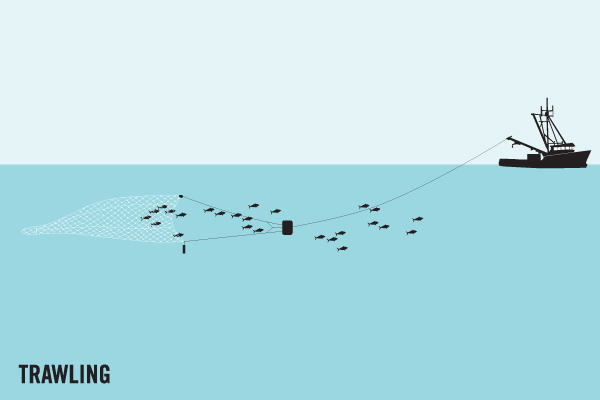Average Weight/Length
Usually 2-3 feet in "wingspan," although individuals can run at least twice that size. World record 239 pounds.
Other "Popular" Names for this Fish
Stingaree, Raya
Location Habitat
Most species forage on soft bottom, particularly flats and shorelines. Found on sandy bottoms, seagrass beds, lagoons and the reef face. Common in bays and estuaries. Observed singly, in pairs and in aggregations. Buries in the sand during the day and forages at night, usually in seagrass beds. Feeds mainly on bivalves and worms and also takes shrimps, crabs and small fishes. Feeds by creating depressions in the sand to expose invertebrates and small fishes. Ovoviviparous, with 3-4 in a litter. May be found in cleaning stations where they are attended to by the bluehead wrasse and Spanish hogfish. Equipped with a well-developed serrated spine and capable of inflicting a painful laceration. Easily approached by divers
Biology & Physical Description
Several species are included under this collective name. They are dark colored and stand out vividly on shallow flats - unless buried in mud, which they often are while resting. The two most common in Florida are the pictured Southern Stingray, which grows the largest, and the Atlantic Stingray, Dasyatis sabina. In the Bahamas and throughout the Caribbean, the Bluntnose Stingray, Dasyatis say, is seen most often. All are flat and equipped with barbed spikes on their tails that can deliver a painful and possibly serious wound to an unwary wader, or to an angler who handles them carelessly. Disk has sharp outer corners and irregular row of short spines on upper surface. Disk usually uniform dark brown above, grayer in young. Ventral finfold on tail long and high, dorsal finfold absent. Upper surface of disc gray, dark or olivaceous brown or olive green. Lower surface of disc white or whitish with an edging of gray or brown.
Life Cycle & Mating Behavior
Exhibit ovoviparity (aplacental viviparity), with embryos feeding initially on yolk, then receiving additional nourishment from the mother by indirect absorption of uterine fluid enriched with mucus, fat or protein through specialised structures. Distinct pairing with embrace. Male mounts on female dorsally
Geographic Species Map (Fishbase.org Map)
|
|

|
Summary of Distribution: Western Atlantic: New Jersey, USA and northern Gulf of Mexico to southern Brazil, including the Antilles |
|
Note: Distribution range colors indicate degree of suitability of habitat which can be interpreted as probabilities of occurrence (fishbase.org) |
|
Sport Fishing Techniques
|
|
TrawlingTrawling is when.... |
|
Tackle & Baits
All kinds of tackle. On the flats, try spinning tackle baited with shrimp or crab. From a pier or bridge, use heavier gear - maybe surf tackle - with the same sort of bait.
Game Rating
Game Rating : 6/10
Game Description :
Not a great fighter, but strength and the tactic of sticking to the bottom like a suction cup can work up an angler's sweat. Stingrays can be the shallow-water angler's friend, however, since they create bright trails of silt when feeding, and these "muds" often attract gamefish, including Redfish, Jack, Snapper and even Bonefish.
Food Rating
Game Rating : 8.5/10
Game Description :
Quite good; they do taste like scallops.
Picture (Fish)
|
|
|
|
|
|




















 Southern Stingray
Southern Stingray 






